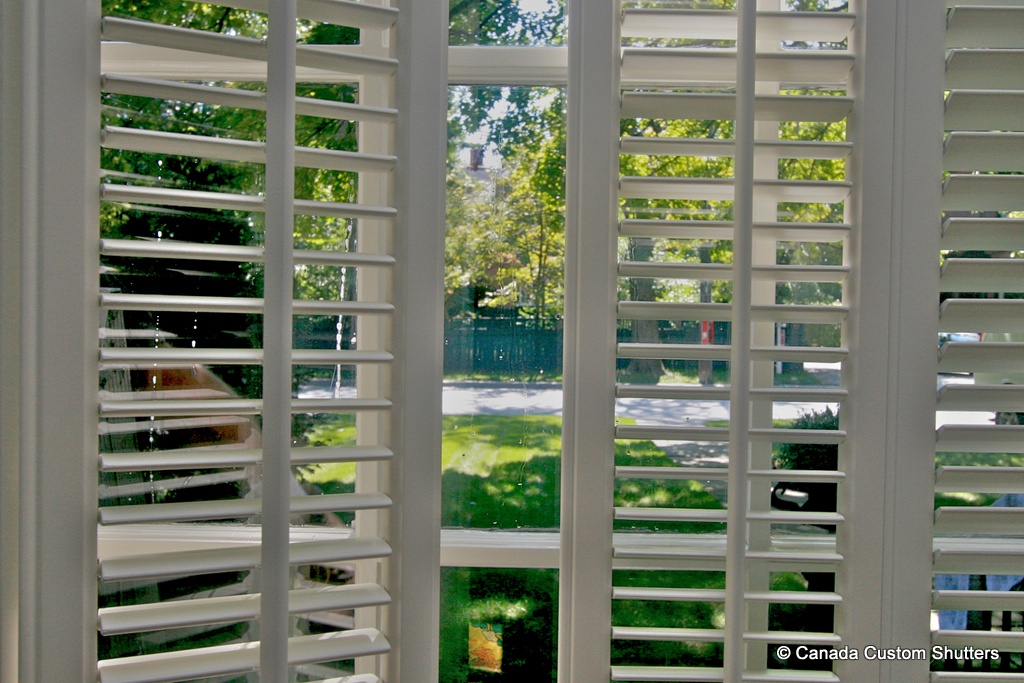Shopping for windows might not be the most exciting shopping experience but it can be very rewarding. You can improve both the design and efficiency of your home with the right windows. With some key shopping tips, not only will you choose the best windows for your home, you’ll invest in an energy efficient system and save money.
Whether you just purchased your home or you’ve had your home for years, energy efficiency is an important consideration. Building them into a new home or replacing old windows can offer significant savings. There are many components that contribute to cost-effective insulation including walls, roof, ceilings, floors, and windows. The fact is that windows provide less resistance to heat flow; therefore they are the area of greatest heat loss and gain. Lower quality windows can account for as much as 25-30% of heat loss in your home, which ultimately increases energy use and costs (to maintain a desired ambient temperature).
The performance of a window is graded based on the insulation value (R value) and the glass (U factor). Performance is higher when the U Factor is lower. The U factor is broken down into two ratings – one for the center of the glass, the other for the window as a whole. It’s best to pay attention to the total rating, as it more accurately reflects the window’s energy performance. The other characteristic worth noting is the solar heat gain coefficient, which describes light that passes through a window and warms the interior living space. The higher the SHGC number, the greater the amount of passive solar gain, which is important in heating cold weather climates.
There are many different types of window glazing you will come across as you shop. Clear, tinted, multiple pane, and gas filled are the most common. Of all these options for single-glazed units are the least energy efficient as well as least cost-efficient. With multiple-pane glazing, there are two or more layers of glass separated by spacers. This provides increased thermal resistance to winter heat loss and summer solar heat gain. Even better, a double-paned glazing unit filled with argon or krypton gas delivers the optimal thermal performance.
The more panels in the assembly, the higher the thermal resistance. The flipside is that the thicker the window, the less visible light will be transmitted. This can greatly decrease the solar heat gain in the winter, which is important for Canadian winters.
The final aspect we’re going to cover today is the low-E coating. This is the super thin, transparent layer of metal or metal oxide applied to window glazing to reduce the transfer of heat while still allowing the full amount of sunlight to pass through. Emissivity of a window ranges from zero to one, whereby the lower the E-rating the lower the amount of heat radiated to another surface. During the winter, low-E coatings are used to reflect solar heat back into your home’s interior. During summer they reflect heat trapped indoors back to the outside.


